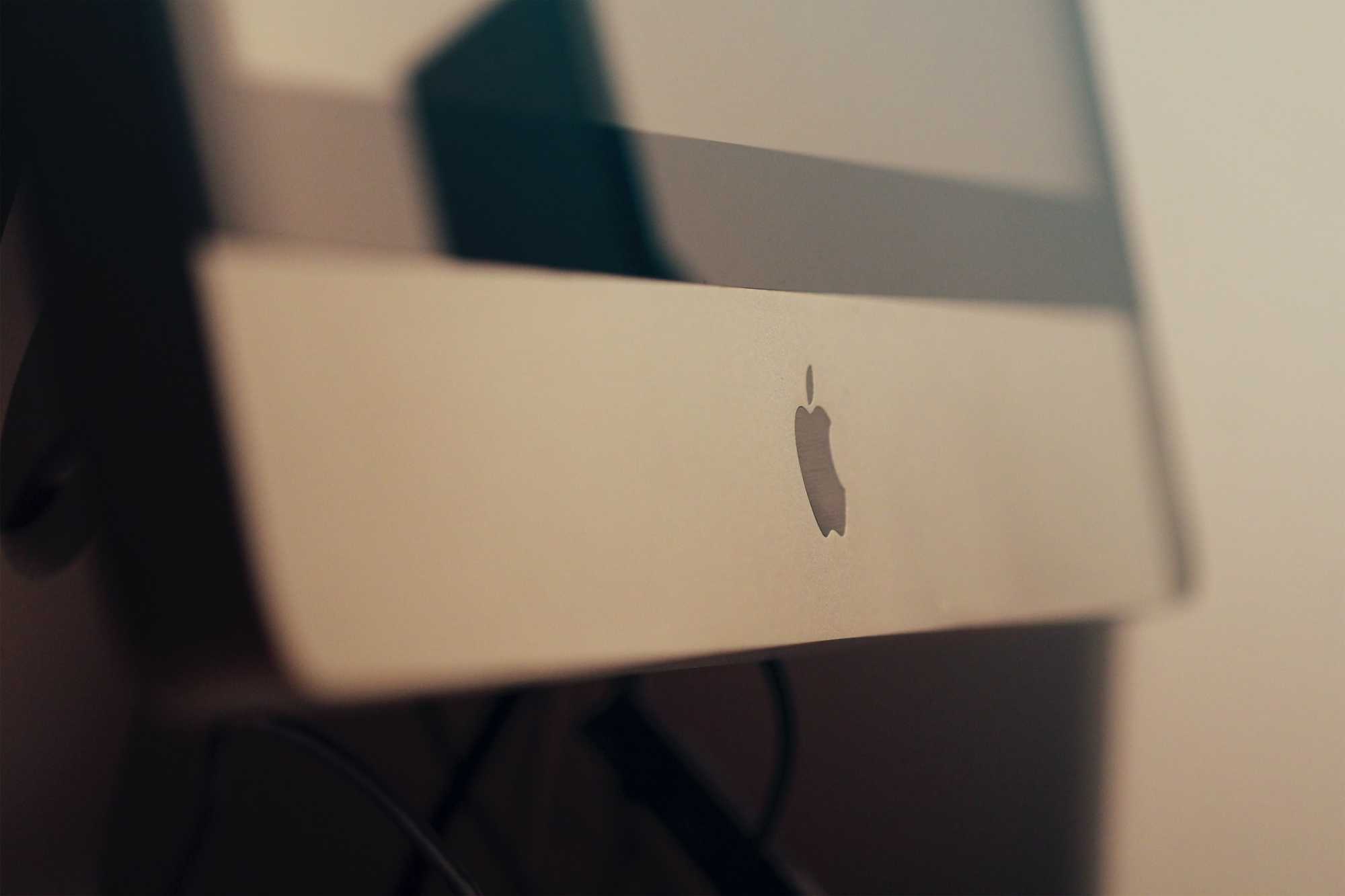The announcement of iMac in 1998 was a source of controversy and anticipation among commentators, Mac fans, and detractors. Opinions were divided over Apple's drastic changes to the Macintosh hardware. At the time, Apple had suffered a series of setbacks as consumers increasingly opted for Wintel (Windows PCs) machines instead of Apple's Performa models. Many in the industry thought that "beleaguered" Apple would soon be forced to start selling computers with a custom interface built on top of one or more potential operating system bases, such as Taligent, Solaris, or Windows 98.
The designer behind iMac's case was Jonathan Ive.
Ken Segall was an employee at an L.A. ad agency handling Apple's account who came up with the name "iMac" and pitched it to Steve Jobs. After Jobs' death, Segall claimed Jobs preferred "MacMan" for the name of the computer, but after Segall pitched "iMac" to him twice, the name was accepted. Segall says that the "i" stands for "Internet", but also represents the product as a personal and revolutionary device ('i' for "individuality" and "innovation"). Apple later adopted the 'i' prefix across its consumer hardware and software lines, such as iPod, iBook (later MacBook), iPhone, iPad and various pieces of software such as the iLife suite and iWork and the company's media player/store, iTunes.




Featured Products from Barcadia.
Vivamus quam mauris, pulvinar vel mauris id, interdum semper neque. Proin malesuada libero eget tellus scelerisque, id egestas tortor egestas.
